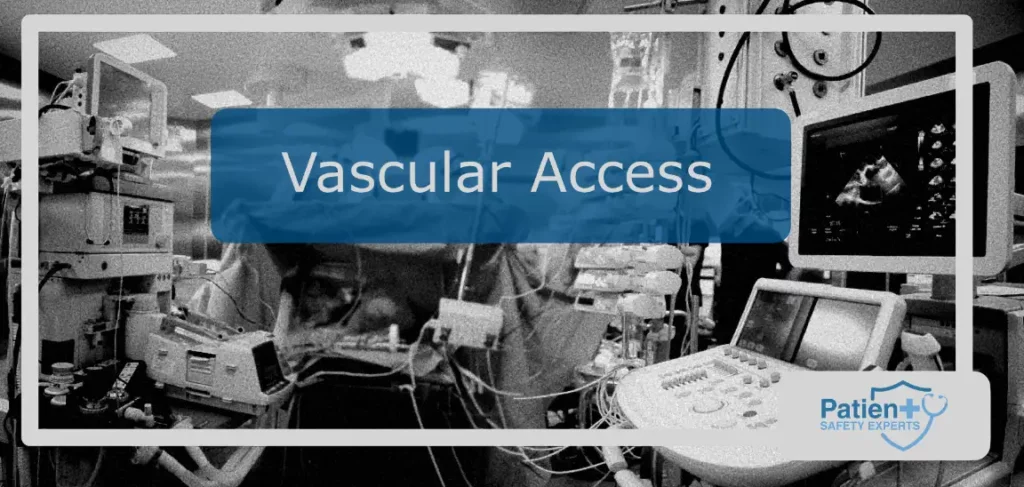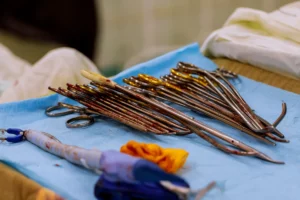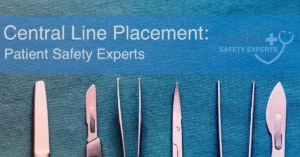For almost all medical students and interns, the first procedure you will perform that can legitimately cause harm or death to a patient is a central line placement. As a patient safety leader, setting up a robust central line safety program can reduce these risks for our patients.
If you are looking to see how I teach central line placement step by step to avoid these complications, please see the post: Safe Central Line Placement Every Time.
The Importance of Imprinting
I can’t speak for others, but I vividly remember everything about my first central line attempt. Perhaps it was the self-awareness that blindly jabbing a 10cm needle into someone’s chest, hoping to hit a vein and not the lung is inherently risky. Or perhaps, it was the realization that I may not be the best person to be doing this procedure at this time.
The fact that central line placement is often written about in popular literature and is the focus of stories in print underscores its imprint on young physicians.
Thanks to medical education and an increased awareness of patient safety, a lot has changed in the past 20+ years when it comes to central line education.
The prevalence of high-quality simulation mannequins allows students and interns to get some repetitions under their belts before attempting their first central line on a patient.
Thanks to these improvements and increased awareness of the importance of the central line bundle, complications related to central line insertion, including catheter-related line infections (CLABSI) have decreased over the past 20 years.
Knowing this, it helps emphasize to me that an awareness to how we set up our training programs and the experience that our next generation of physicians have when placing central lines is important to the safety of the patients in our hospitals.
Setting up an ideal central line training program
Knowing what I know now, this is how I would set up a central line training program and the techniques I would teach.
We are often limited at first when starting any new project such as setting up a central line training program. The two largest limitations are often the time available to the interns for training and the avaialbity of talented instructors.
Resources, while often an initial limitation, are usually resolved with an investment for startup and a small periodic investment for replacement supplies.
Find the instructors
Train the instructors
Training the masses
Orientation training
Rotation training
On the job training aka one’s specialty training
Central line service training
Spaced repetition training
The best way to learn something new is spaced repetition training.
Bring this to your Institution
It’s great to read about all the great ways to set up a central line training program but how do you really get the program off the ground if you don’t have widespread support.
Start small and iterate:
Residents and students have repeatedly said they want the training, it’s up to us to find a way to make time for it in a packed training program.
Step 1: Find a successful champion. If you are trying to bootstrap a training program off the ground, it will take energy and persistence to overcome the inertia of not having anything set up. Your choice of a champion is the key part to getting the spark to get the program off he ground.
Step 2: What is the least you can start with? Being resource constrained can be a blessing and not a curse.
- It forces you to focus on what you can do, not what you can’t do.
- It makes you develop something that works for you not what works for someone else.
- It stops you from trying to start something too big and getting overwhelmed by scope creep
- It gives you time to grow your program organically











